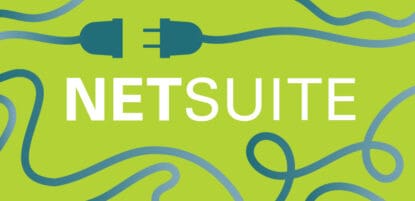The world of B2B payments has become the wild, wild west of Corporate America.
According to the recently released 2018 AFP Payments Fraud and Control Survey, 78% of businesses experienced attempted and/or actual payments fraud in 2017. This number has risen steadily since 2013, when only 60% of businesses indicated the same fate.
The source of this recent uptick? Look no further than the continued use of paper-based and manual processes to capture and pay invoices. Nearly 50% of business payments today are processed with paper checks, in spite of their well-documented associated risk.
Today, 85% of IT security professionals are not confident that their companies have sufficient technology in place to protect against the relentless risk of fraud.
The bottom line: If your accounts payable team is still using paper-based processes, your entire company is exposed to a wide variety of risk every time it receives, processes, and pays an invoice.
Here are three B2B payment controls that you need to have in place to keep your risk of fraud at bay:
1. Segregation of Duties
The same principle of checks and balances that is keeping the United States government under control is also a must-have in your accounts payable process.
Segregation of Duties is as simple as setting up a process where one person is responsible for queueing up business payments, and one person is responsible for approving those payments before funds are released.
Has it ever made sense to give one person total autonomy over money coming in and out of a company’s bank account? Regardless of what you think the answer to that question is, 31% of businesses have not implemented this payment control.
2. Dual-Factor Authentication
Even when you’ve implemented Segregation of Duties, this control is only as strong as your company’s password protection. Given today’s incredibly weak state of password protectivity, this doesn’t give you much to feel good about – unless you’re leveraging Dual Factor Authentication.
Dual-Factor Authentication adds another layer of security, by requiring employees who approve payments to enter a unique security code that they receive via text or email every time they release funds.
This extra layer of security has become essential to maintaining the integrity of any B2B payment protocol.
3. Tokenization
Even if you maintain airtight protection over all of your payment information, you will still depend on your vendors to keep that information safe, as well as use responsibly. This is where tokenization comes into play.
Tokenization is a payment control that produces a unique credit card number for every vendor payment that you make. That credit card number can only be used once, and only for the amount that you designated for that specific payment.
In a world that is full of variability, tokenization enables you to drastically mitigate the risk of your company credit card information falling into the wrong hands.
How to Implement These Payment Controls
As long as your accounts payable process depends on manual, paper-based processing, these essential payment controls will be challenging to set up and utilize effectively.
As a result, many businesses are looking to the cloud. Cloud-based AP Automation solutions not only build all of these payment controls (and more) into your accounts payable process, but they can also increase your team’s efficiency by up to 70%.
Are you curious to see what your team looks like with these payment controls in place? Set up a demo with MineralTree and get a free assessment of your current risk of fraud.



